Discovering the Diversity of Algerian Pastry Traditions
12 min read Explore the rich variety of Algerian pastries, their cultural significance, and traditional recipes that showcase the country's sweet culinary artistry. July 30, 2025 06:05
Discovering the Diversity of Algerian Pastry Traditions
The aroma of freshly baked pastries wafts through bustling souks and village households in Algeria, carrying whispers of centuries-old culinary secrets. Algerian pastries are not just sweet treats; they are vibrant expressions of a culture rich in history, tradition, and community. Walking into a traditional Algerian kitchen, one is immediately enveloped by the mingling scents of honey, almonds, cinnamon, and buttery dough, each pastry telling a story of familial love, regional pride, and centuries of shared craftsmanship.
From the ornate, syrup-soaked Baklava of Kabylie to the flaky, sesame-studded M'hanncha of Oran, Algerian pastries offer a diverse palette that reflects the country's complex tapestry of influences—from Ottoman kitchens to Arab trade routes, from indigenous Berber traditions to French colonial history. As an enthusiastic culinary explorer, I’ve been fortunate to delve into this world, uncovering not just the recipes but the emotional and cultural core they embody.
Join me on this flavorful journey as we explore the vibrant landscape of Algerian pastry traditions—a feast for the senses grounded in history, crafts, and personal stories across the regions.
The Roots of Algerian Pastries: A Tapestry of Influence
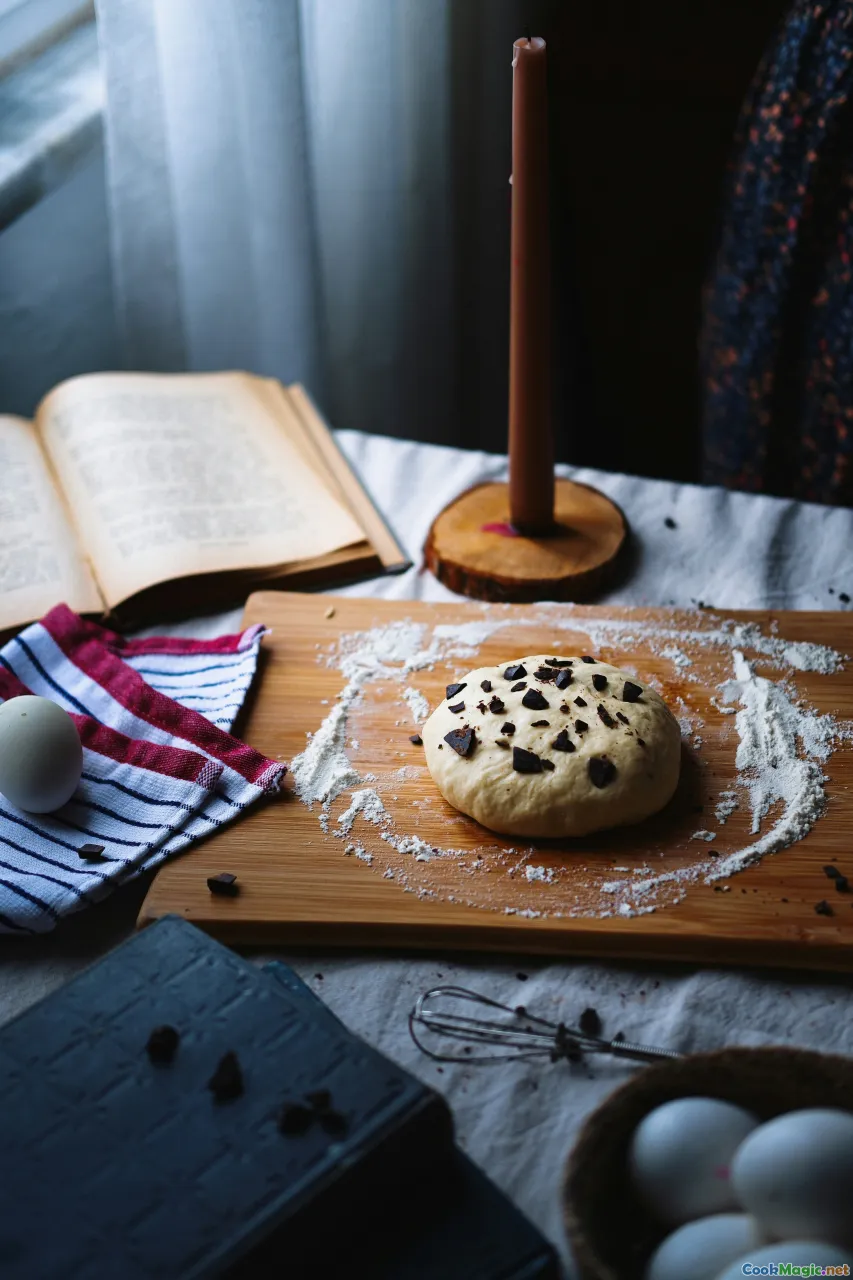
Algerian pastry traditions are a living canvas that blend indigenous Berber ingredients with Arab, Ottoman, and French culinary influences. Historically, marketplaces bustled with vendors offering pillow-soft pastries glazed in honey, intricately layered Baklava, and crisp, sesame-dusted delights. These recipes have evolved over centuries but are still rooted in communal hospitality.
For example, Berber cuisine contributed sesame seeds, almonds, and dates, which are staples in many pastries. The Ottoman influence manifests vividly in layered, syrup-drenched sweets like Baklava, bringing through the artful use of filo dough and spice. French colonization introduced a more refined pastry approach, seen in delicately crafted desserts like Farn—a buttery, flaky tart filled with almond paste.
Understanding this layered history enriches appreciation, turning each bite into a portal through time—from ancient Berber ‘Aït Irathen’ fairs to colonial pastry shops in Algiers.
Celebratory and Daily Pastries: Rituals, Celebrations, and Routine

Algerian pastries occupy a central role in both daily life and special celebrations. During Ramadan, tables overflow with makroudh—small, semolina disks filled with date paste and drizzled with honey. Eid al-Fitr witnesses families laying out an array of sweets like rechta and frik pastries, symbolizing joy and gratitude.
But for everyday moments, Algerian households often indulge in h’riquet, tiny sesame seed cookies, or the crispy ‘bourek’—savory or sweet rolled pastries, either filling benches of the daily breakfast or serving as street snacks.
This frequency creates a comfort connection—sweet or savory, simple or ornate—each pastry sharing a story of daily resilience, community bonding, and love.
Signature Algerian Pastries: Deep Dives into Iconic Sweets
Baklava: The Honeyed Crown
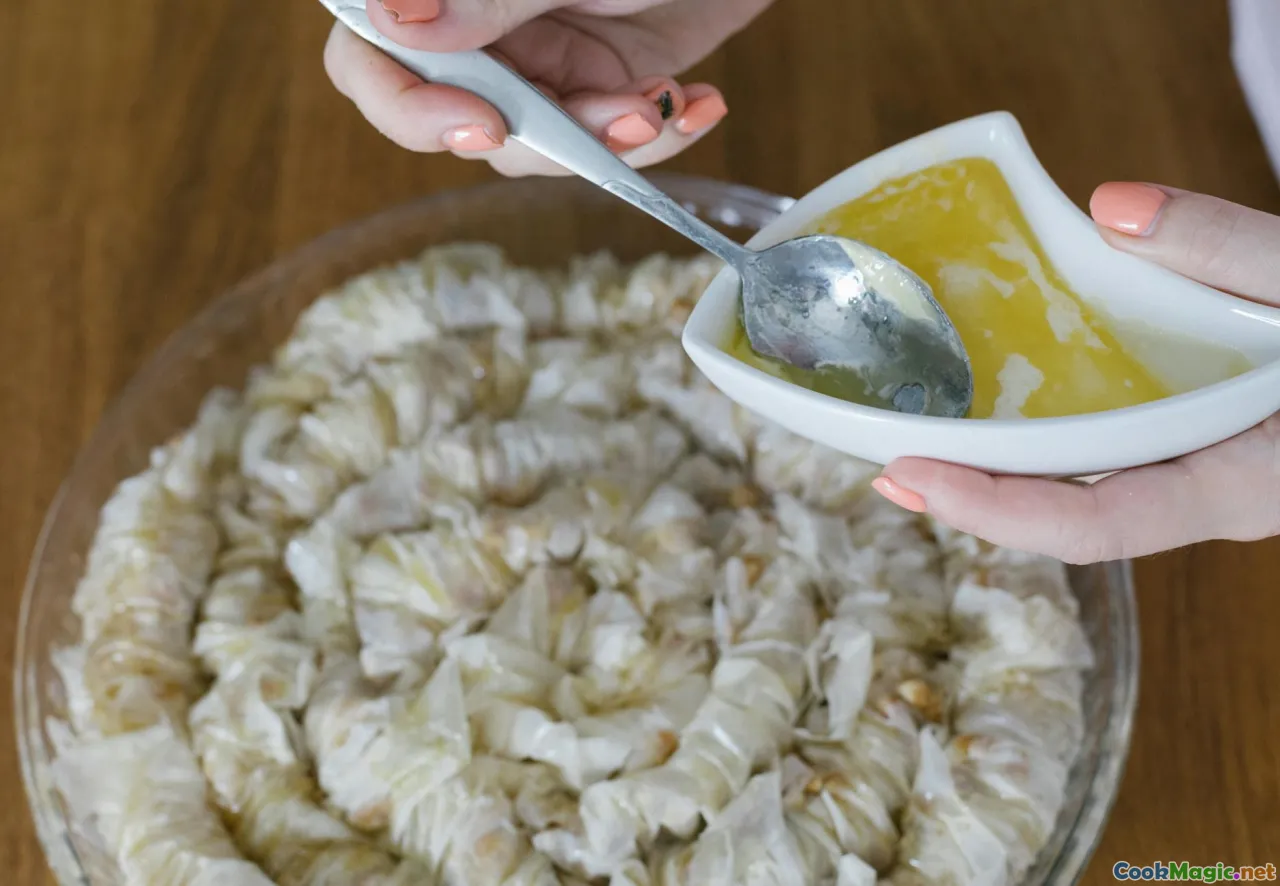
No discussion about Algerian pastries is complete without the mention of Baklava. Here, the Algerian version diverges from its Turkish cousin by incorporating local ingredients—almonds often replace pistachios, and a generous drizzle of fragrant honey, flavored with orange blossom or rosewater, crowns the layered filo.
A good Baklava encapsulates crispy, flaky layers that give way to sweet, nutty filling, all soaked in honey, resulting in a sticky, chewy, and richly aromatic experience.
M'hanncha: The Serpent of Almond and Cinnamon
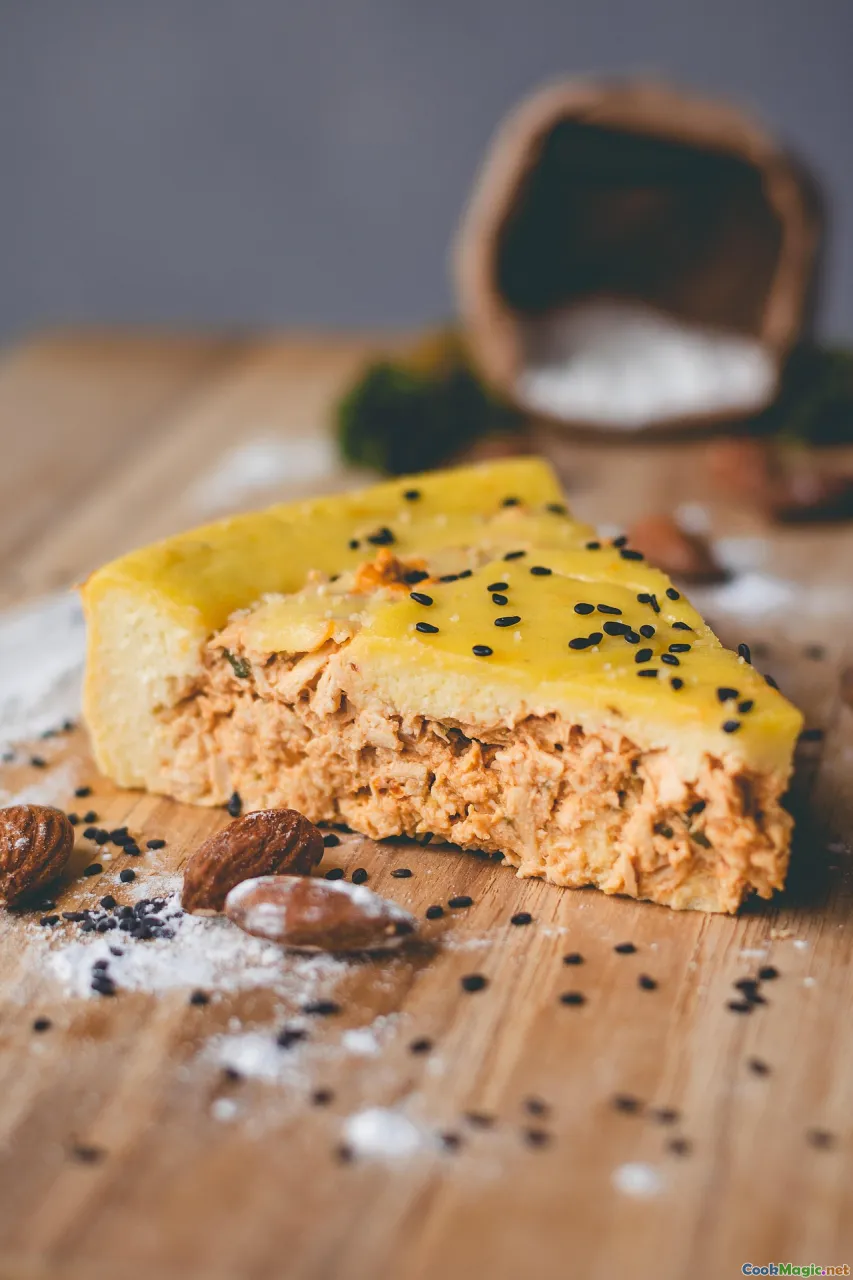
Originating from Oran and the western regions, M'hanncha is named after the serpent, due to its coiled, spiral shape. Made from phyllo dough wrapped around a filling of ground almonds, sugar, and cinnamon, it's baked until golden and glazed with honey.
Each bite offers a crunchy exterior that yields to a fragrant, nutty interior—sophisticated yet humble, embodying Algerian craftsmanship.
Makroudh: Dates and Semolina Delight
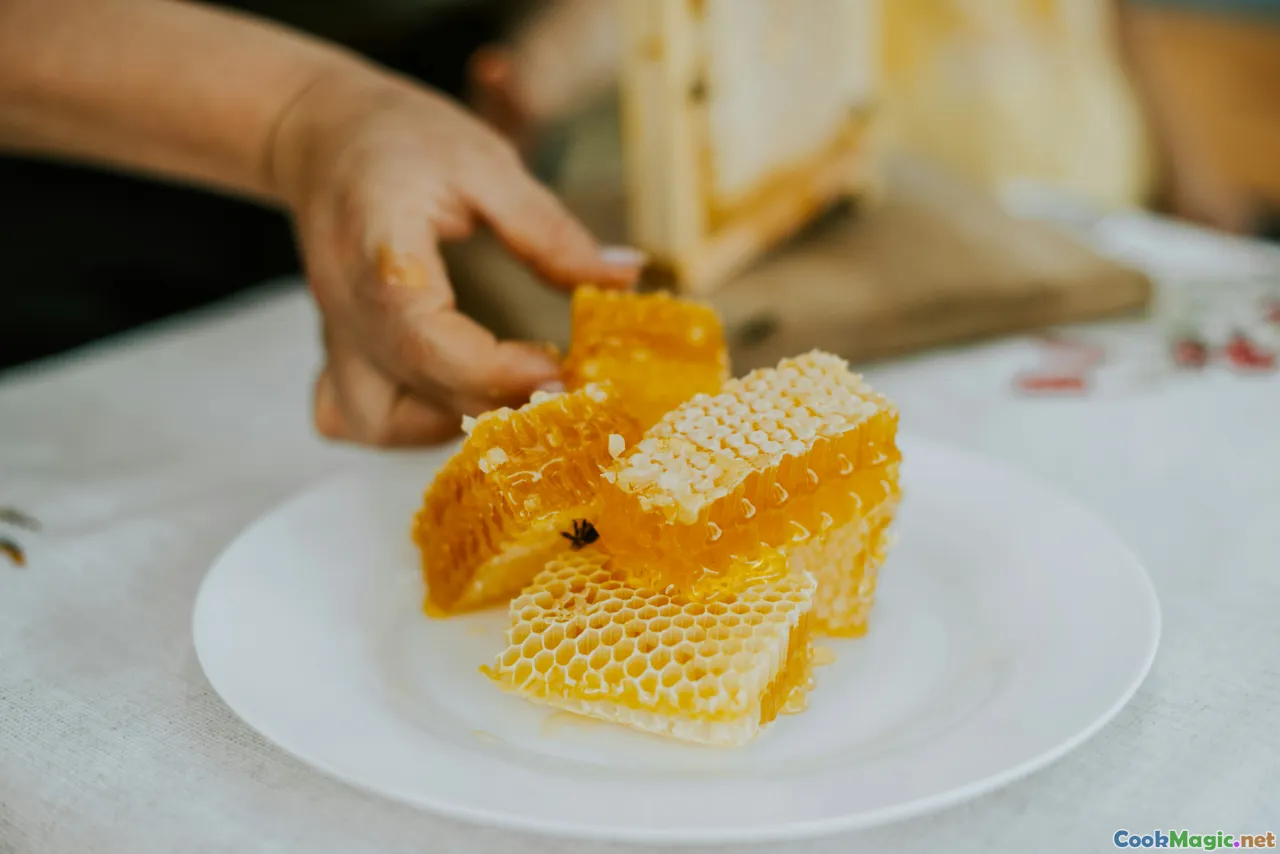
Made from semolina dough shaped into small disks, filled with soft date paste, then fried or baked and soaked in orange blossom honey, Makroudh is a favorite for Ramadan. Its slightly chewy texture contrasts beautifully with the sweet gloss and aromatic flavor of orange blossom.
Sellou (Sfela): The Nutty Energy Nourisher
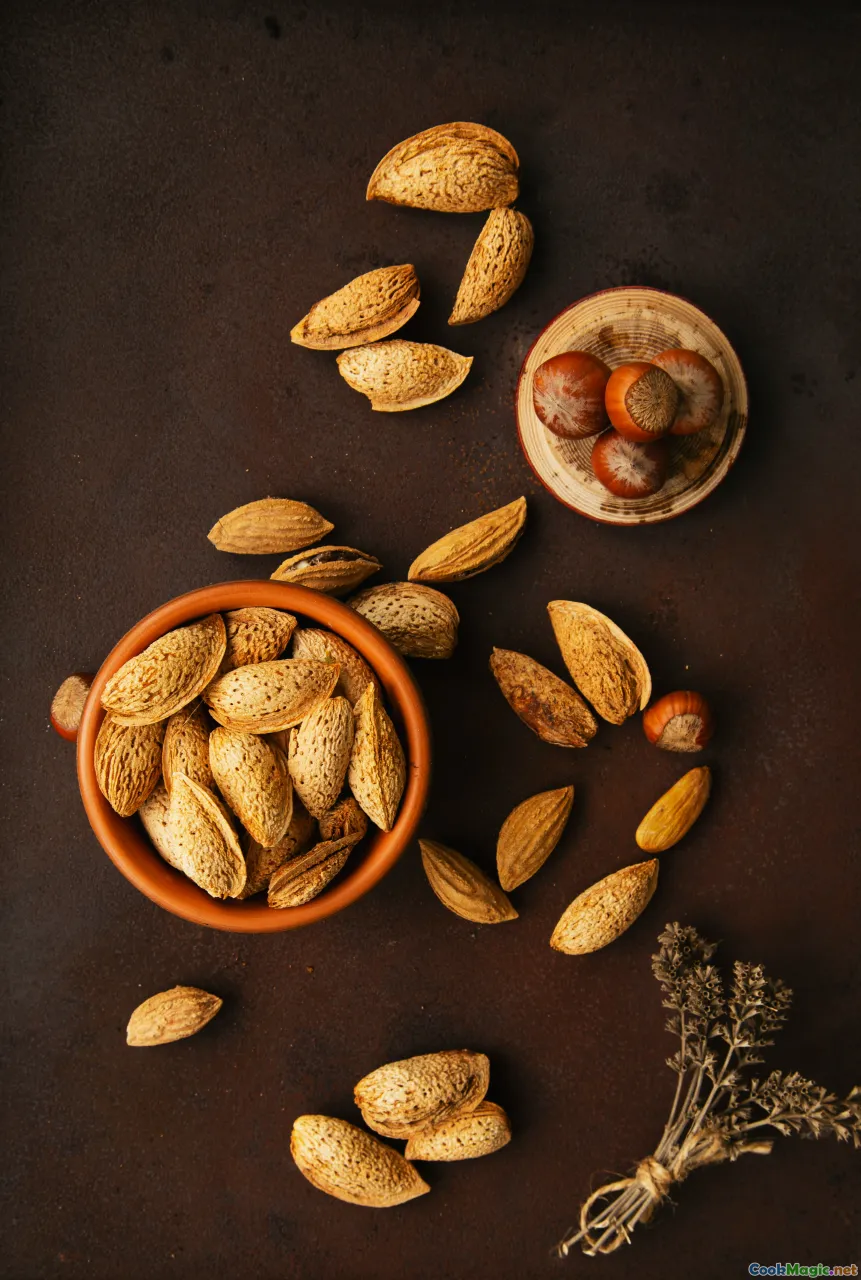
While not a pastry in the traditional sense, Sellou—a mixture of toasted sesame seeds, almonds, honey, and spices—is often served alongside pastries during festivities, providing a crunchy, energy-packed complement.
The Art of Making Algerian Pastries: Techniques and Tips
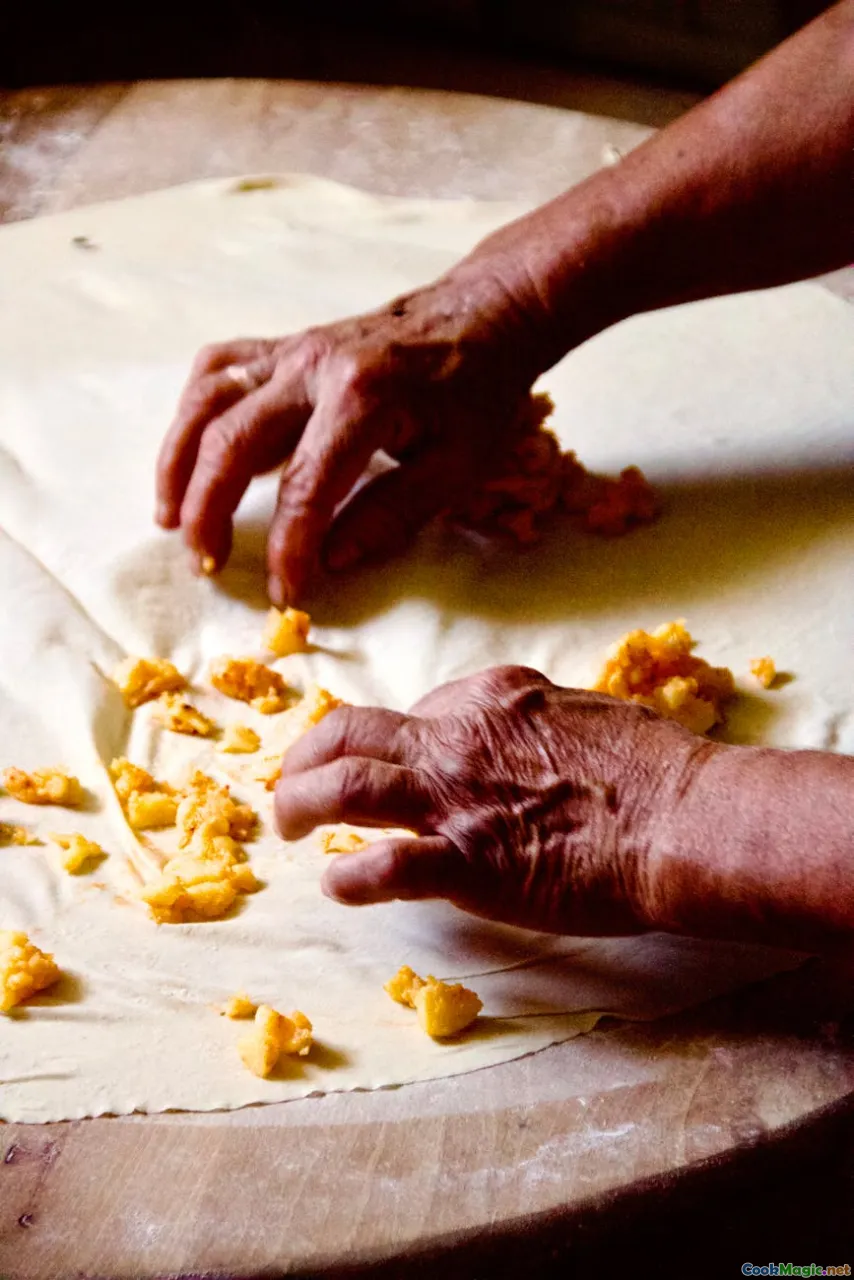
Creating authentic Algerian pastries is an act of love, patience, and meticulous craftsmanship. While recipes vary by region and family, several techniques unify the tradition:
- Working with Semolina and Filo: The quality of semolina influences pastries like Makroudh and Farn. For filo-based treats like Baklava and M'hanncha, thin, even layers are essential to achieve that perfect crispness.
- Flavoring and Filling: Orange blossom water, rosewater, honey, cinnamon—these essential flavorings elevate pastries to sensory perfection. Filling ingredients—almond paste, date, pistachio—are carefully prepared to maintain moisture and flavor balance.
- Assembly: Rolling, coiling, layering—each step requires patience. For example, M'hanncha requires slow, even rolling; Baklava demands precise layering to avoid tears.
- Baking and Soaking: Pastries are often baked until golden, then soaked in sweet syrup—timing is key to achieve that ideal balance of crisp exterior and syrup-soaked interior.
Pro tips: Use high-quality ingredients, keep your workspace warm for dough work, and always let pastries rest before serving to allow flavors to meld.
Regional Variations and Unique Local Twists
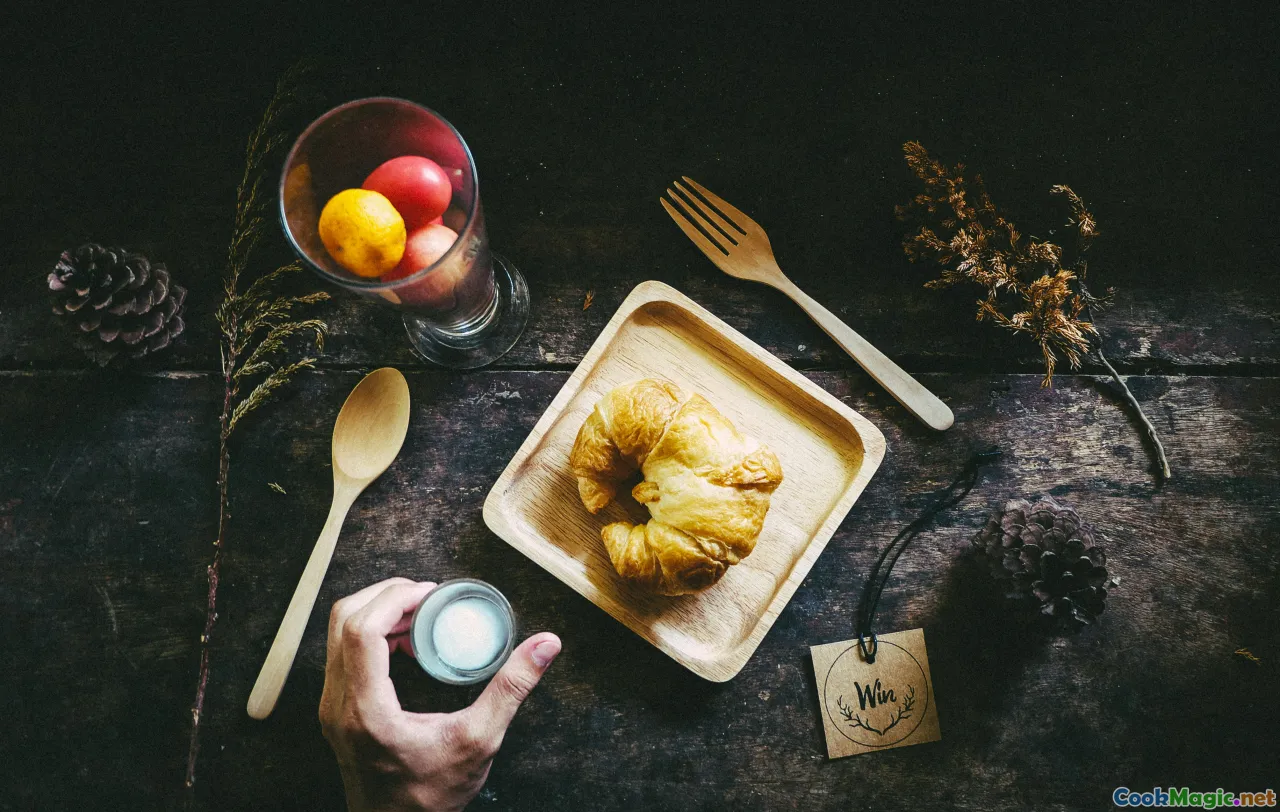
Algeria’s diverse geography means pastry traditions vary widely. In Kabylie, the use of local honey and wild herbs adds a distinct flavor depth, while in the Saharan regions, date-laden sweets dominate, often paired with millet or locally sourced nuts.
In Oran, M'hanncha’s vibrant floral honey pairs beautifully with local citrus blooms. Conversely, in the Hoggar Mountains, incorporating native ingredients like acacia honey or wild pistachios creates unique, rustic pastries that reflect the land’s rugged beauty.
How To Taste and Appreciate Algerian Pastries Authentically
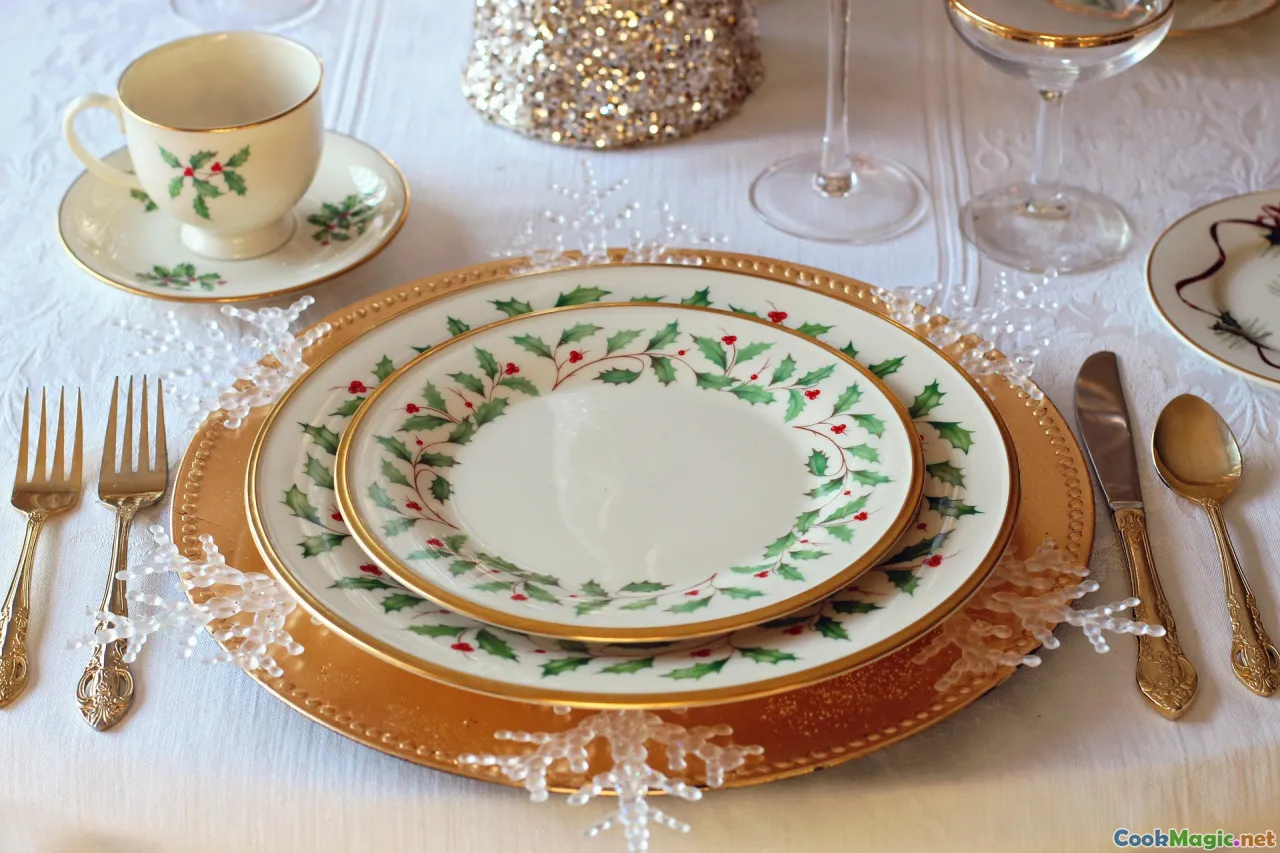
When sampling Algerian treats, immerse yourself fully. Taste slowly to savor layers of flavor—recognize the floral honey, fiery cinnamon, crunchy nuts—and appreciate the textures: the crispy filo, tender semolina disks, chewy date pastes.
Visit local markets or family bakeries if possible. Algerians take pride in preparing and sharing pastries with genuine hospitality—accept every offering with gratitude, and notice the love infused in every bite.
The Future of Algerian Pastry Traditions
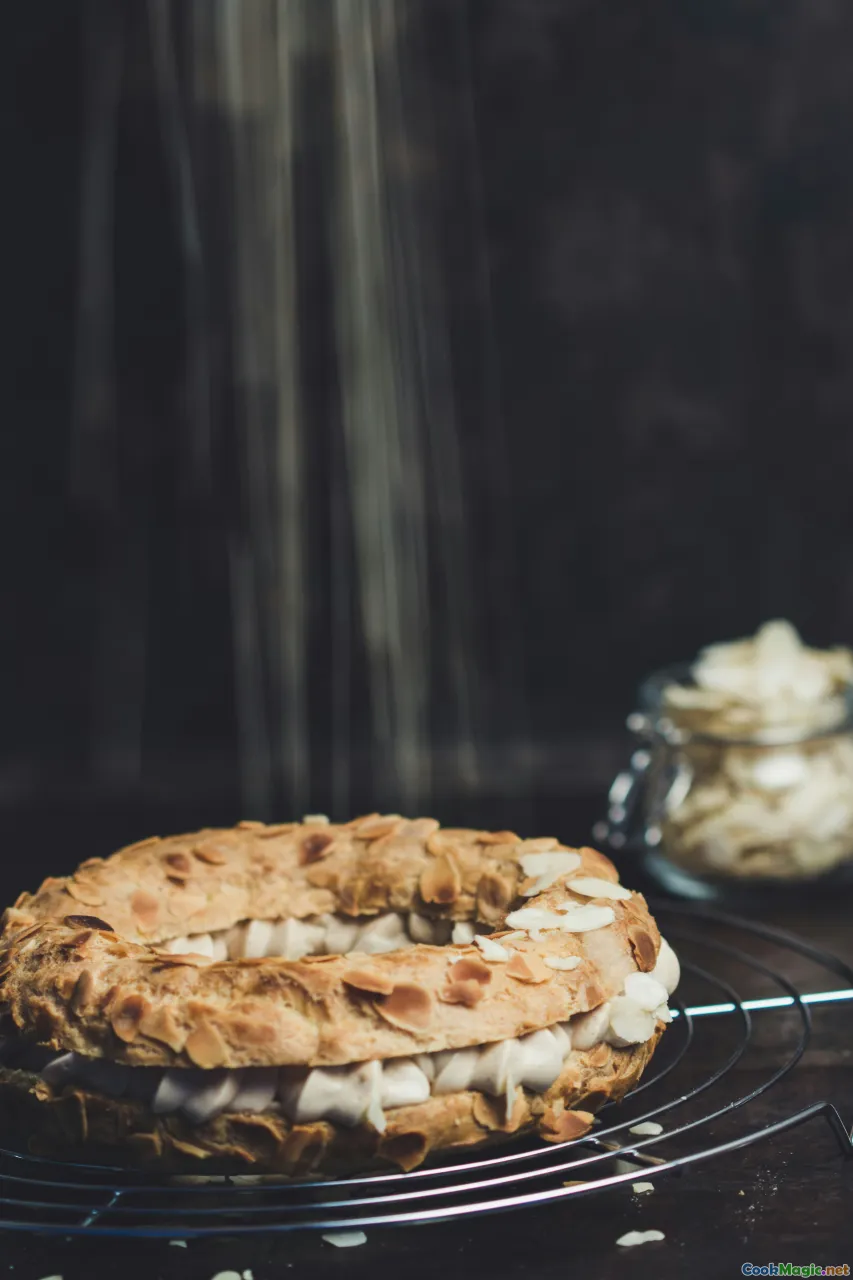
As Algeria modernizes and globalizes, traditional pastry arts face exciting opportunities and challenges. Younger bakers innovate by infusing traditional recipes with contemporary flavors—adding chocolate, experimenting with gluten-free options, or fusing Algerian ingredients with international styles.
However, the preservation of family recipes and cultural practices remains vital, supported by culinary festivals, storytelling, and community workshops. The ongoing dialogue between tradition and innovation ensures that Algerian pastries will remain a living, breathing part of the country’s identity.
In a world increasingly hungry for authenticity, Algerian pastries stand as edible testimonies—rich with history, layered with meaning, and always waiting to be discovered anew.
Embarking on this journey through the sweet and savory landscapes of Algerian pastry traditions is not just an exploration of recipes but a heartfelt voyage into a culture that celebrates resilience, artistry, and community through every flaky, nutty, honey-glazed bite.









